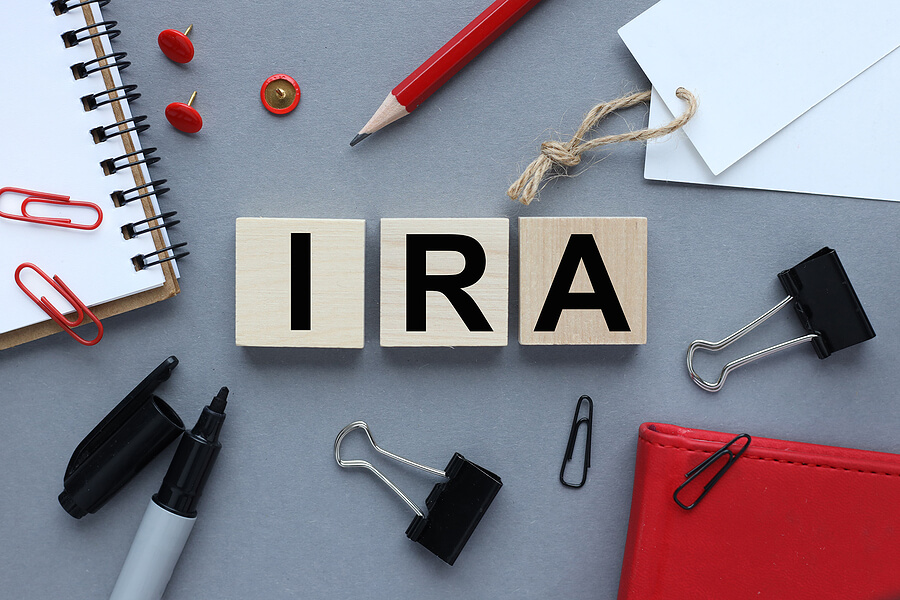Here’s another reason estate planning is not a one-and-done event. For most people, life is constantly changing. But the laws around estate and tax planning are also changing. Starting in 2022, a new rule, part of the SECURE Act of 2019, may affect estate plans from 2022, especially for those beneficiaries of an IRA or qualified plan, such as a 401(k).
IRAs are a significant source of America’s retirement wealth, and it was just a matter of time before Congress figured out a way to hasten their distribution to collect taxes on this asset. As these changes continue to develop, the accelerating taxation of IRAs becomes more attractive to Congress as a source of revenue.
The Setting Every Community Up for Retirement Enhancement Act, a/k/a the “SECURE Act,” became law on January 1, 2020. The intent was to boost retirement options for employees and make it easier for employers to offer retirement plans to their employees. The new law also changed how estates work, and both estate planning attorneys and our clients need to address these changes in estate plans. I’ve written about this in the past. New facets of the law continue to evolve, and this one may be crucial to many of you.
The SECURE Act ended the use of a “Stretch IRA.” The Stretch IRS allowed beneficiaries to take distributions from an inherited IRA based on their life expectancy. It allowed the bulk of the IRA funds to remain in the tax-deferred retirement account for decades.
After the SECURE Act, heirs must empty IRA accounts within ten (10) years of the original owner’s death. The initial universal understanding of the SECURE Act was a beneficiary could withdraw any amount during the ten years or wait until Year 10 and withdraw the entire balance. In either case, the beneficiary paid income tax on any distribution. Two weeks ago, the IRS issued temporary regulations that let us know everything we thought we knew was wrong.
If the IRA owner dies before age 72, the age Required Minimum Distributions (“RMD”) must begin, the ten (10) year distribution rule remains the same. However, had the account owner already turned 72, the beneficiary must take an RMD as if the account holder was still living and empty the account balance by the 10th year.
Our estate planning law firm is now working with many clients who came to us with large IRAs and are concerned about its impact on their heirs. Their tax picture has changed, and it may have changed for you.
We can no longer push back the taxes due on the inherited IRA for ten years if the IRA owner lives after 72. Children and grandchildren will face a significant income tax liability. Our job is to help clients plan properly to mitigate these results.
One way is to convert the IRA to a Roth IRA. With a Roth IRA, the account holder pays the income tax during conversion, so beneficiaries need not worry about the income tax liability of their inheritance. There are other benefits to a Roth conversion. The IRA owner need not take RMDs during their lifetime. Also, if the estate of the IRA owner is taxable, payment of income tax by the IRA owner reduces their taxable estate.
There are other ways to address this change, including the use of trusts. If you have an IRA and anticipate passing it down to the next generation, we invite you to contact our office to discuss how to protect your heirs from these changes and align it with your estate plan.
This new IRS interpretation of the SECURE Act significantly affects how inherited IRAs work. If the person who dies is already 72, the RMD will now apply to the inherited account for ten years. After the ten years have passed, the remaining balance of the IRA and pay the income tax.
Several other options can reduce the estate tax, income tax, or both. Don’t hesitate to contact our office if you wish to explore your options.
# # #


